When you hear “Japanese armor,” you might picture the armor and helmets worn by famous samurai warlords. However, the history of Japanese armor goes back much further—all the way to the Yayoi period. In this article, we will explore the evolution of Japanese armor, introduce samurai parades held across Japan.
What is Japanese Armor?
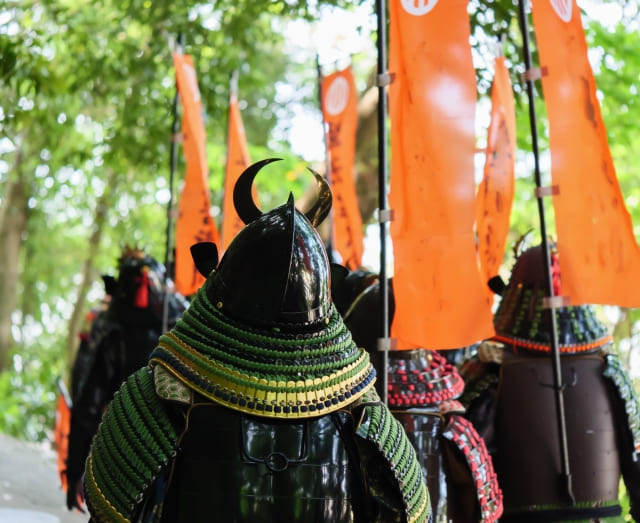
Japanese armor, known as katchu (甲冑), refers to the protective gear worn by samurai and warriors throughout Japan’s history. Unlike European plate armor, Japanese armor evolved to prioritize flexibility and mobility, allowing warriors to move efficiently on the battlefield.
Over time, armor designs changed according to combat needs, incorporating new materials and styles influenced by both domestic and foreign technology.

I’m interested in Japanese armors.
How about you?

Not a lot…
But I will learn about armors today!
The History of Japanese Armor
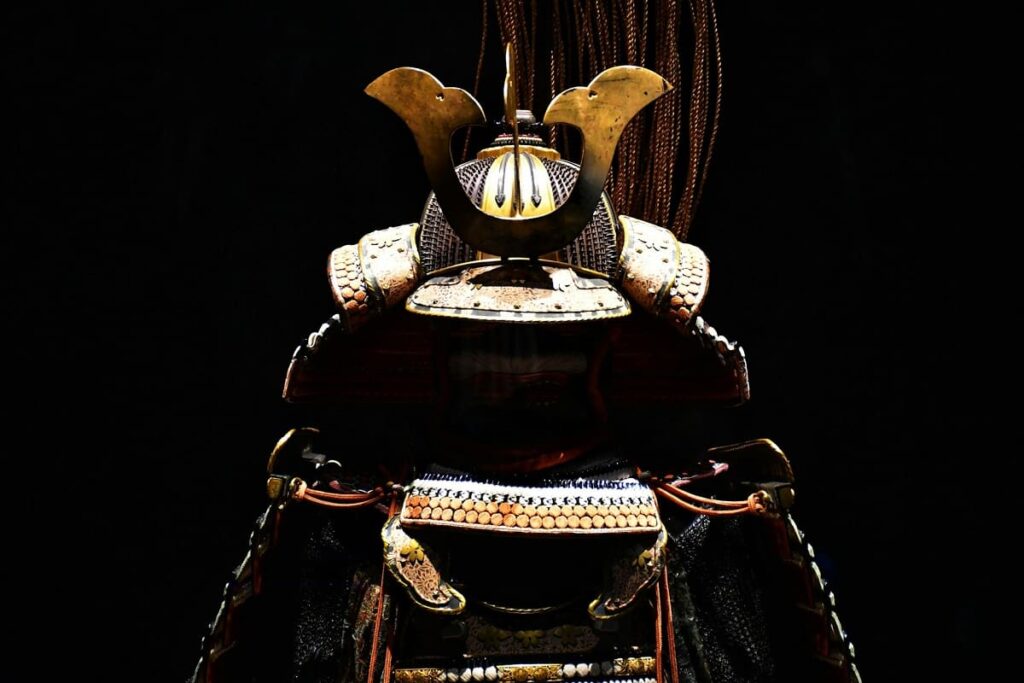

Let’s start with Japanese armor history!
Yayoi to Kofun Period: The Origins of Armor
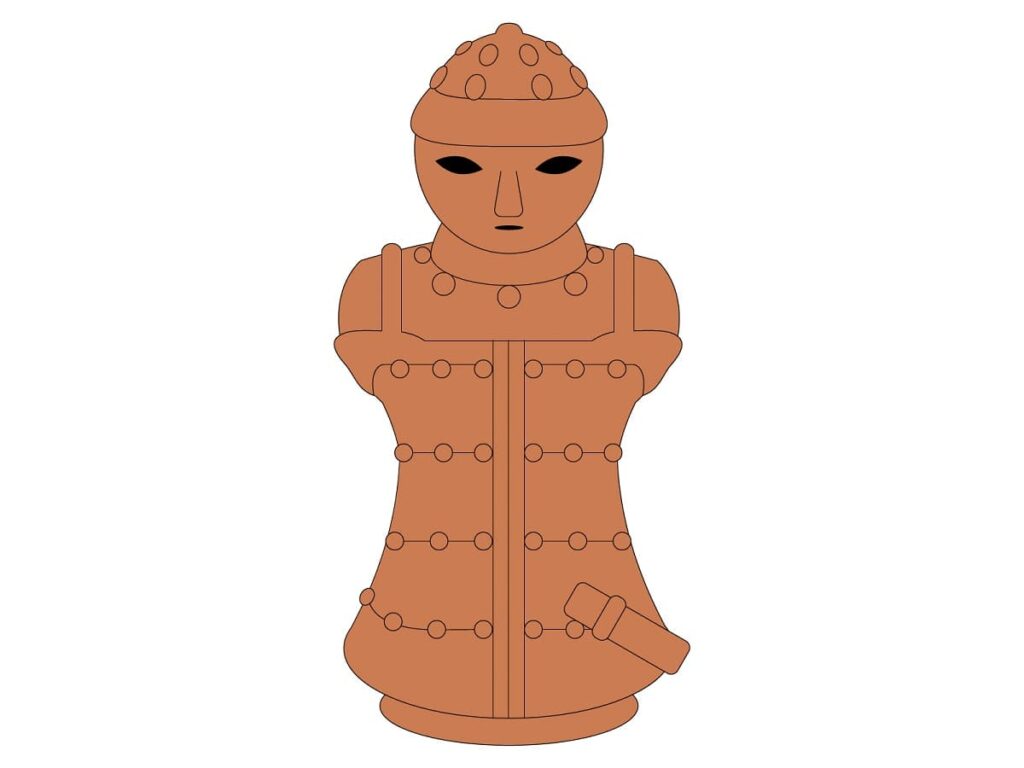
The earliest traces of Japanese armor have been found in ruins from the Yayoi period. Wooden armor fragments, believed to be part of a tankō (short armor), have been excavated, showing that body protection existed even in ancient times.
During the Kofun period, iron armor began to appear. As ironworking technology improved, metal armor became more common among warriors.
Nara Period: The Rise of Lightweight Armor
The Nara period saw the introduction of men’ōkō (cotton-padded armor), brought from China. This type of armor was made by sewing small iron or leather plates onto cotton fabric, making it lighter and more maneuverable, which suited the combat style of the time.
Heian Period: The Birth of Ō-yoroi and Dōmaru
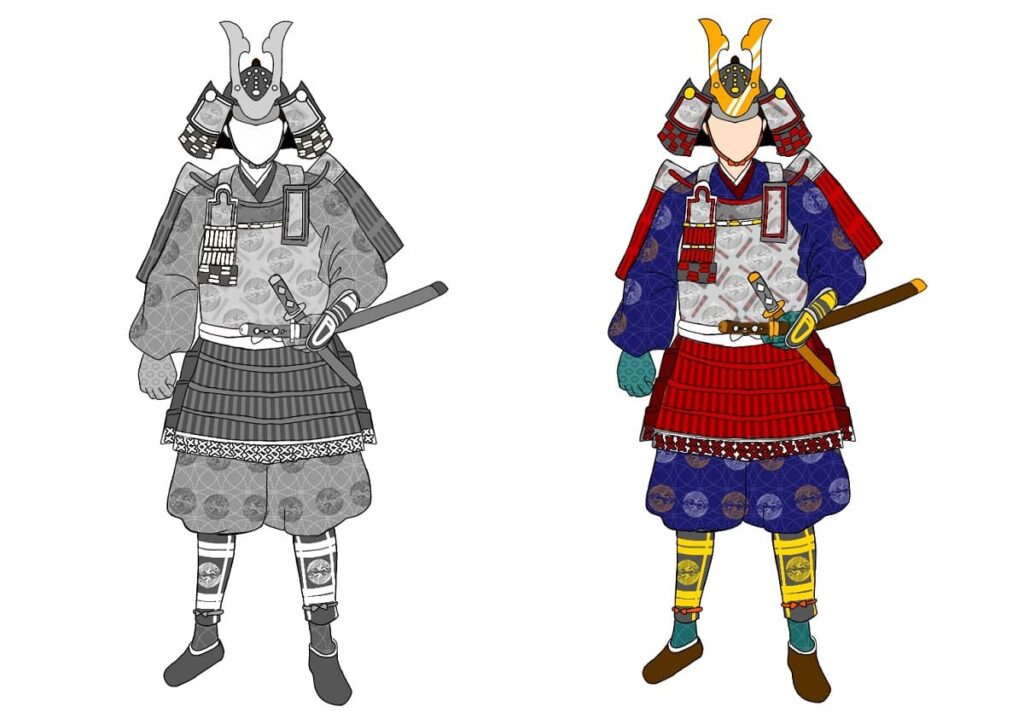
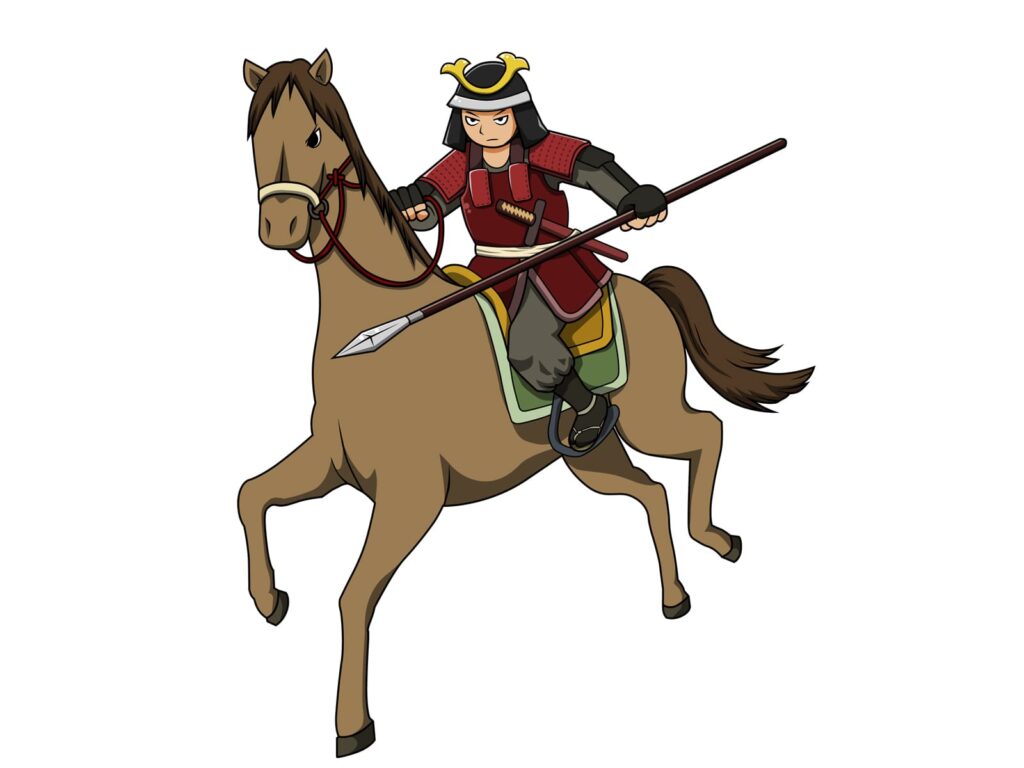
By the late Heian period, the samurai class began to rise, leading to more battles. As a result, new forms of armor were developed from earlier tankō and keikō styles, giving birth to two significant armor types:
| Ō-yoroi (Great Armor) | Worn mainly by mounted samurai. Designed for horseback archery, it featured kusa-zuri (skirt-like armor plates) for added protection. |
| Dōmaru (Body-Wrapping Armor) | Lighter and more flexible than ō-yoroi, making it suitable for foot soldiers. |
These armor types played a crucial role in historical conflicts like the Hōgen Rebellion (1156), the Heiji Rebellion (1159), and the Genpei War (1180–1185).
Kamakura Period: Changing Combat Styles
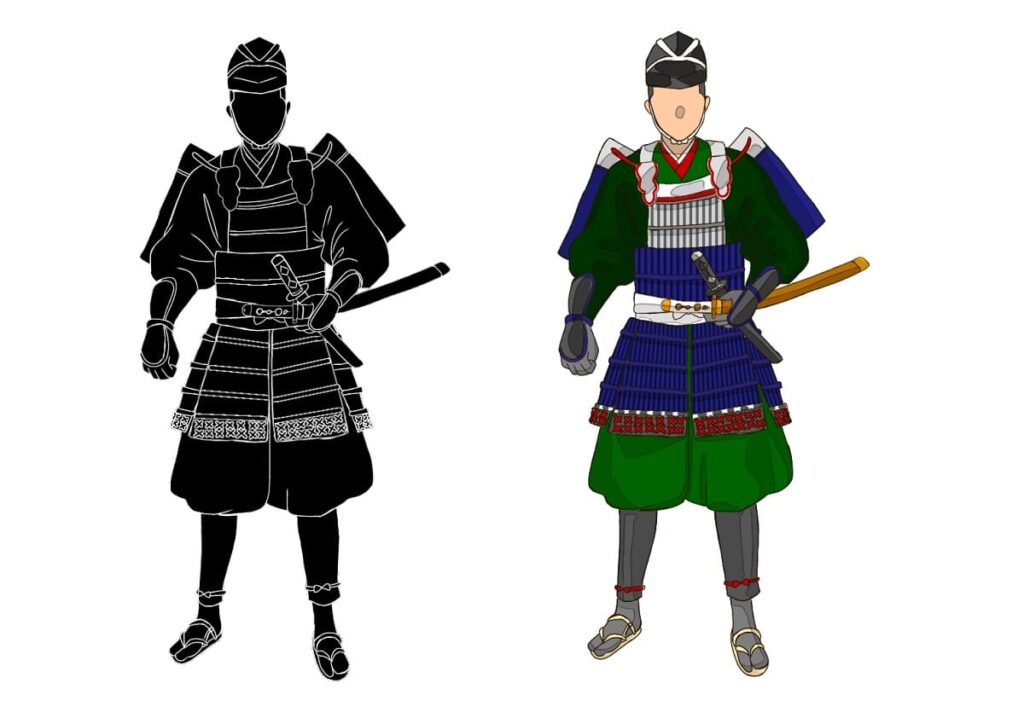
As battles spread to mountainous regions, the way samurai fought evolved. Instead of purely mounted combat, foot soldiers became more prominent. This led to:
- The increased use of dōmaru and haramaki (belly armor), which provided better mobility.
- A shift in armor design from flared silhouettes to more form-fitting styles.
- The introduction of suji-kabuto (ridged helmets), which were lighter than previous styles.
Muromachi to Sengoku Period: The Rise of Tōsei Gusoku
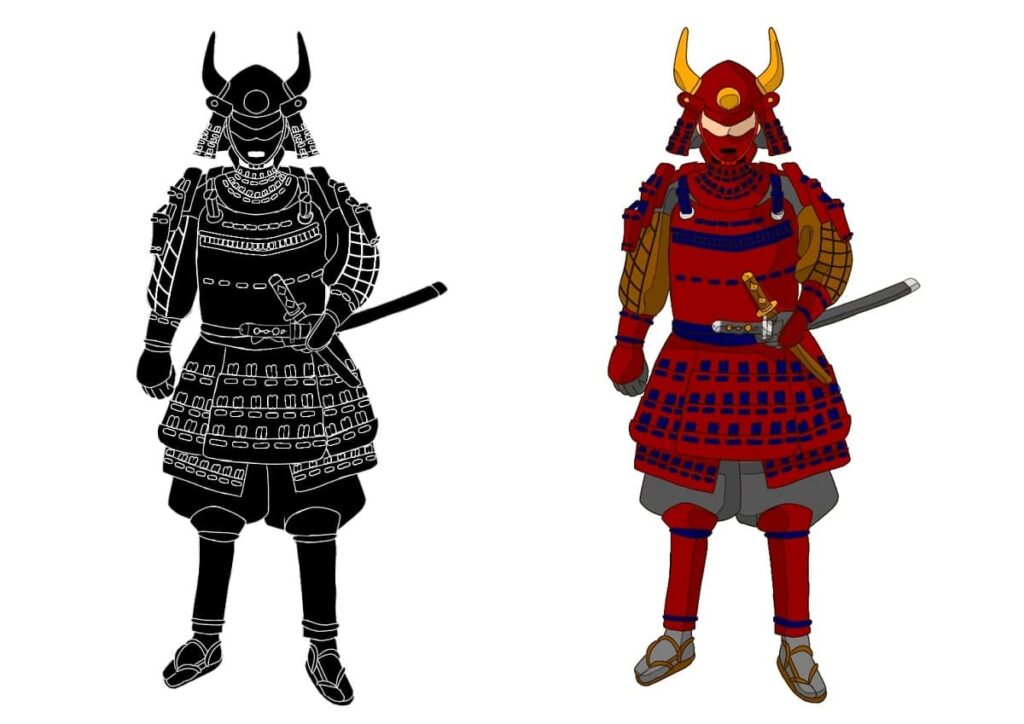
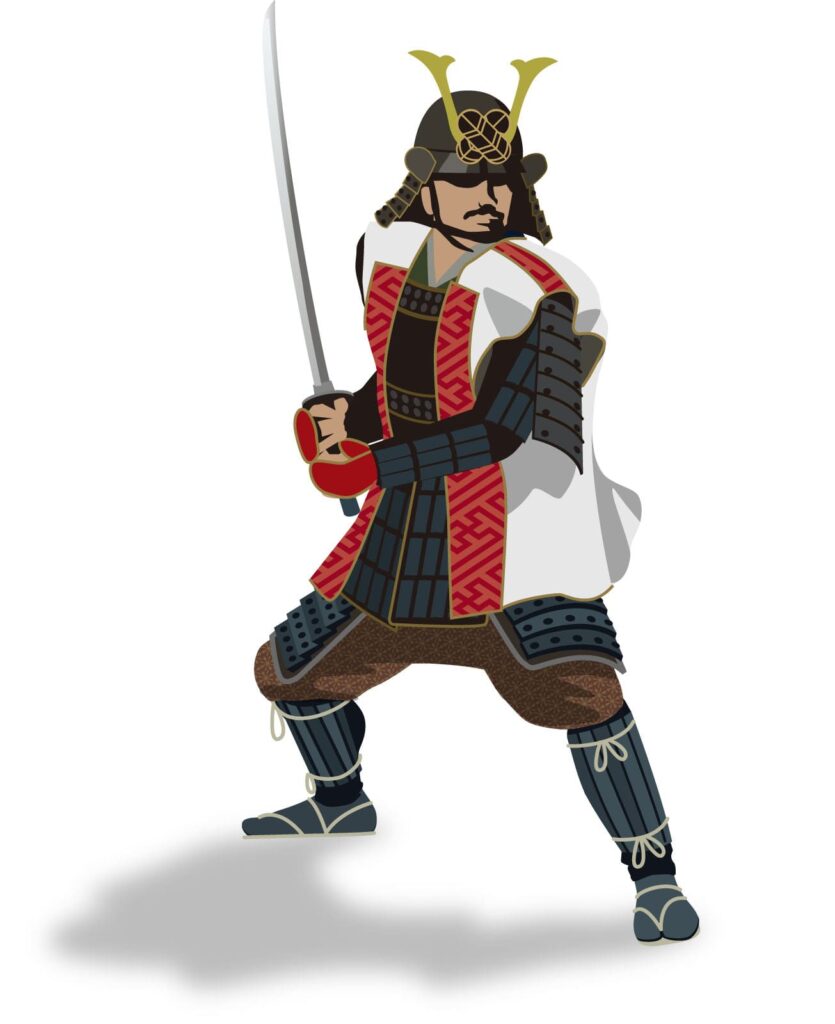
With the arrival of firearms in the Sengoku period, armor had to adapt to withstand bullets while maintaining mobility. This led to:
| Tōsei Gusoku (Modern Armor) | Designed for both protection and agility, it became the standard battlefield armor. |
| Nanban-dō Gusoku (Western-Influenced Armor) | Inspired by European armor, it incorporated foreign elements brought by Portuguese and Spanish traders. |
These armors were practical for the highly tactical and fast-paced battles of the time.
Edo to Meiji Period: The End of Armor’s Practical Use
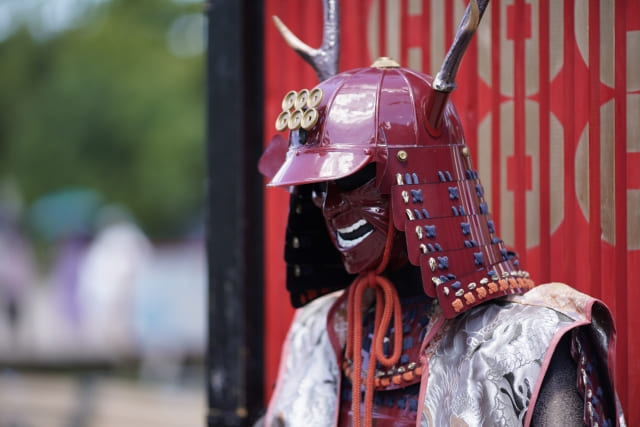
During the Edo period, warfare declined, and armor became more symbolic than functional. Samurai and daimyo (feudal lords) owned highly decorative armor for ceremonies rather than battle.
With the Meiji Restoration, the samurai class was abolished, and armor was no longer needed. Today, Japanese armor is preserved as historical artifacts and cultural heritage.
Decorating with Samurai Dolls or Armors for Tango no Sekku
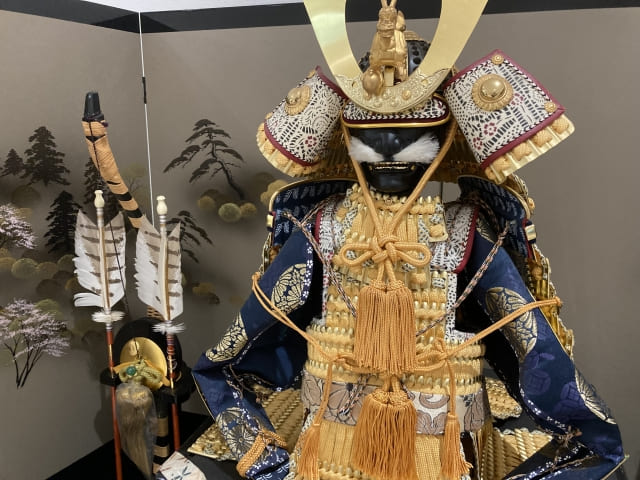
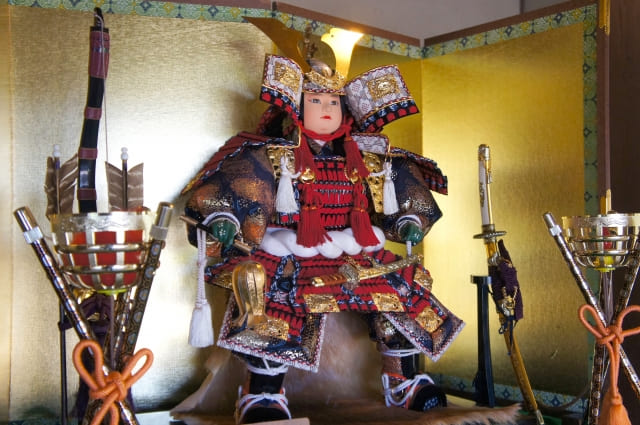
Tango no Sekku is a traditional Japanese event celebrating the birth and healthy growth of boys. It is customary to gift Gogatsu Ningyo or Koinobori (carp streamers) when a boy is born.
Gogatsu Ningyo come in various styles, including armor displays, helmet displays, and child samurai figurines. All of them symbolize wishes for the child’s health and strong growth.

My friend’s house had the armor display and it scared me a lot when I was a kid. (My friend has an older brother)
Samurai Parades Across Japan
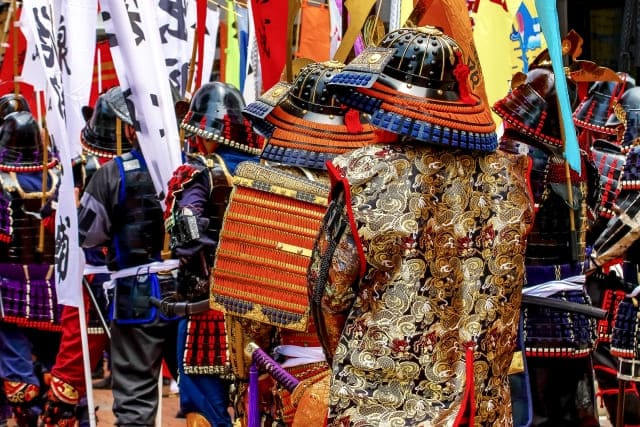
Even today, samurai armor is worn in festivals and historical reenactments across Japan. Some of the most famous samurai parades include:
| Shingen-ko Festival /信玄公祭り(Yamanashi) | Celebrates Takeda Shingen, a famous warlord. Participants gather from all over Japan. |
| Battle of Sekigahara Festival / 関ヶ原合戦祭り (Gifu) | Reenacts the historic Battle of Sekigahara. |
| Matsue Samurai Parade / 松江武者行列(Shimane) | Features samurai marching through the streets after extensive training. |
| Hagi Jidai Festival / 萩時代まつり (Yamaguchi) | Brings the Bakumatsu era to life with samurai-themed events. |
| Tatsuno Samurai Parade / 龍野武者行列 (Hyogo) | Allows participants to experience being a Sengoku-period warrior. |
| Shizuoka Festival / 静岡まつり (Shizuoka) | Held in Sunpu Castle Park, featuring samurai armor displays. |
Many of these events accept public participants, so those interested should check application details in advance!

I’d love to join some of them!
Japanese Armor in Video Games
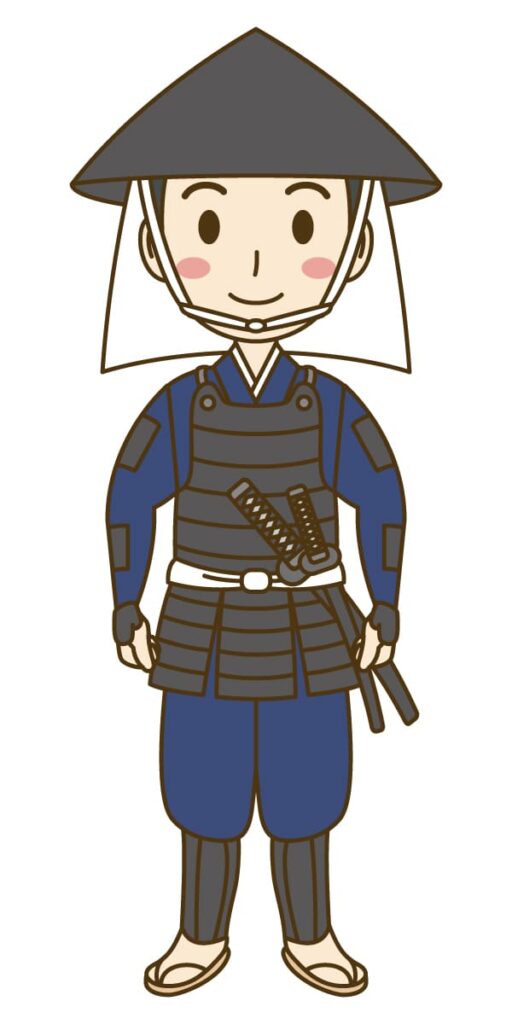
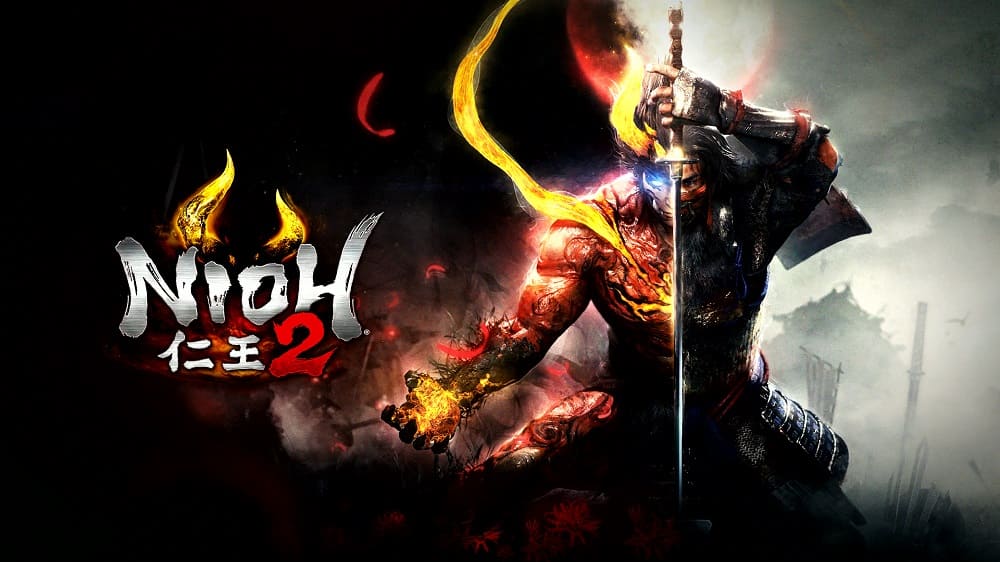
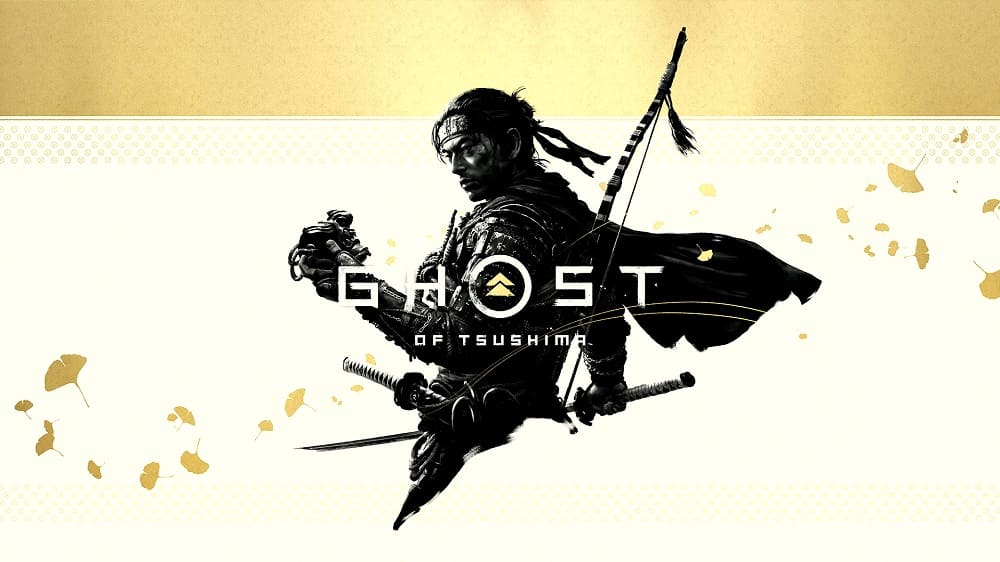
Japanese armor is also featured in modern video games, bringing its historical beauty and function to a global audience:
- Nioh Series: Showcases a wide variety of samurai armor, immersing players in the Sengoku era.
- Ghost of Tsushima: Accurately depicts Kamakura-period armor, allowing players to wear and fight in traditional samurai gear.
These games offer an interactive way to appreciate the craftsmanship and tactical advantages of historical Japanese armor.
Conclusion
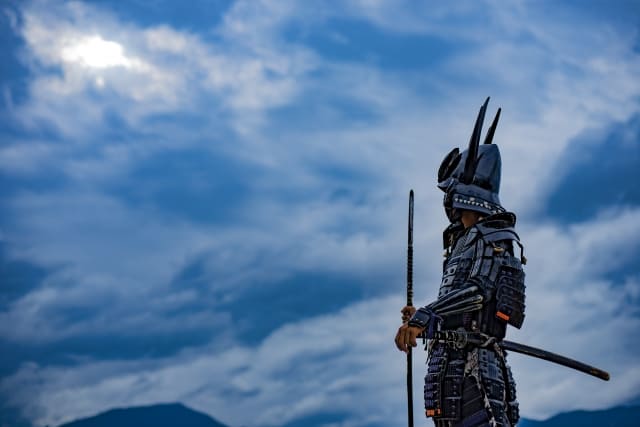
The history of Japanese armor stretches back to the Yayoi period and evolved to meet the demands of each era. By the Sengoku period, armor became highly practical, and by the Edo period, it was more ceremonial than functional.
Today, the legacy of samurai armor lives on through festivals, historical reenactments, Movies and video games. If you’re a history enthusiast or a gamer, experiencing Japanese armor firsthand—either by participating in a samurai parade or exploring it through gaming—can be a fascinating way to connect with Japan’s Samurai history!

If you are interested in Japanese culture, and you love gaming, you may love these games! Let’s play!

Yes! Let’s play!

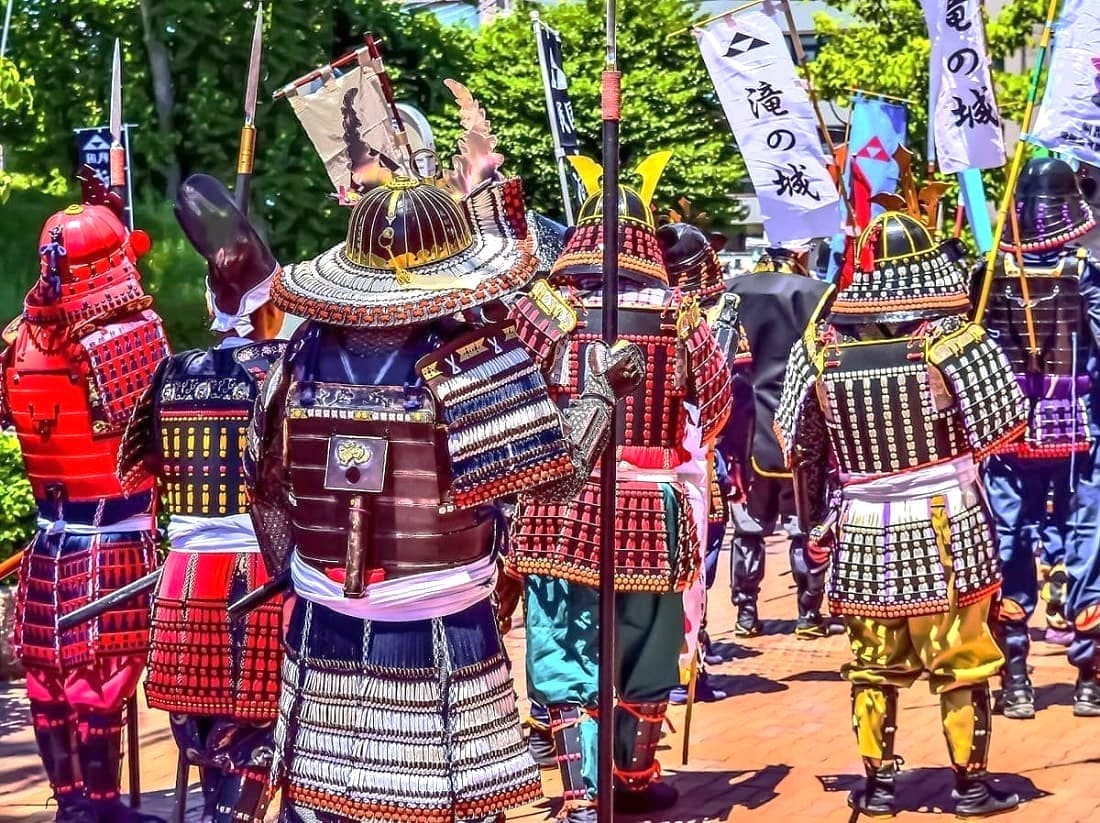
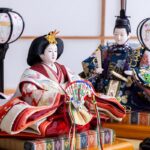
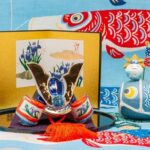
Comments